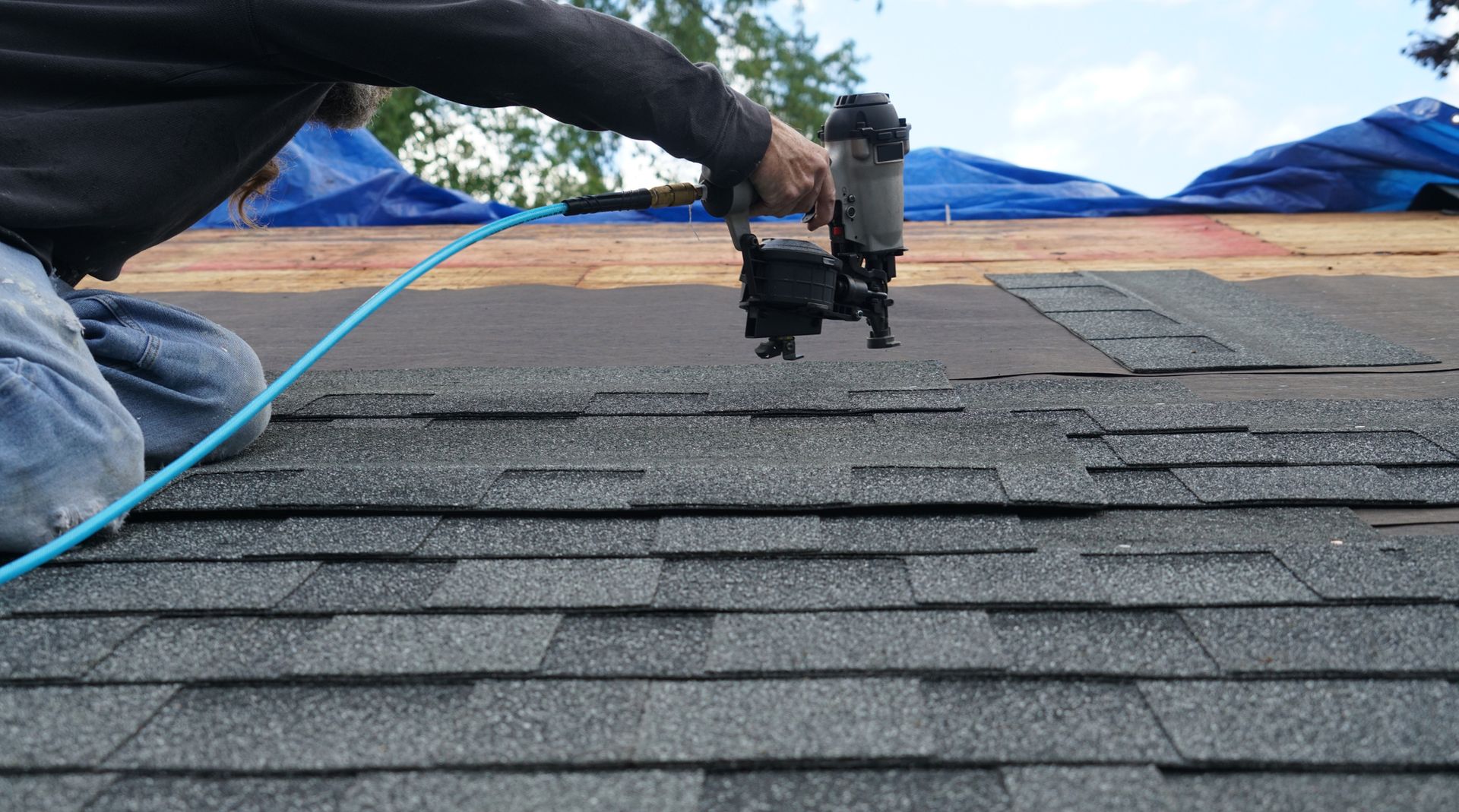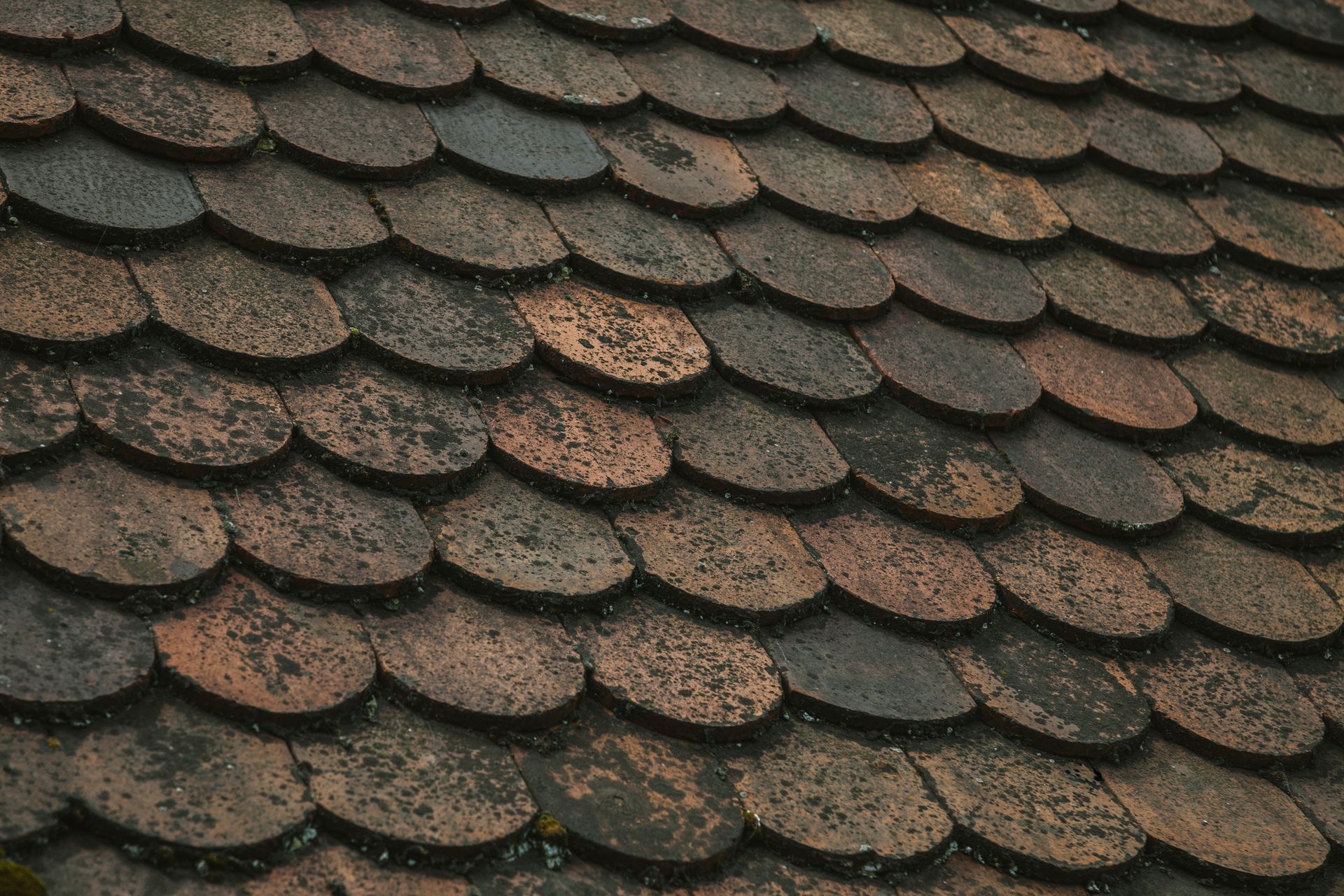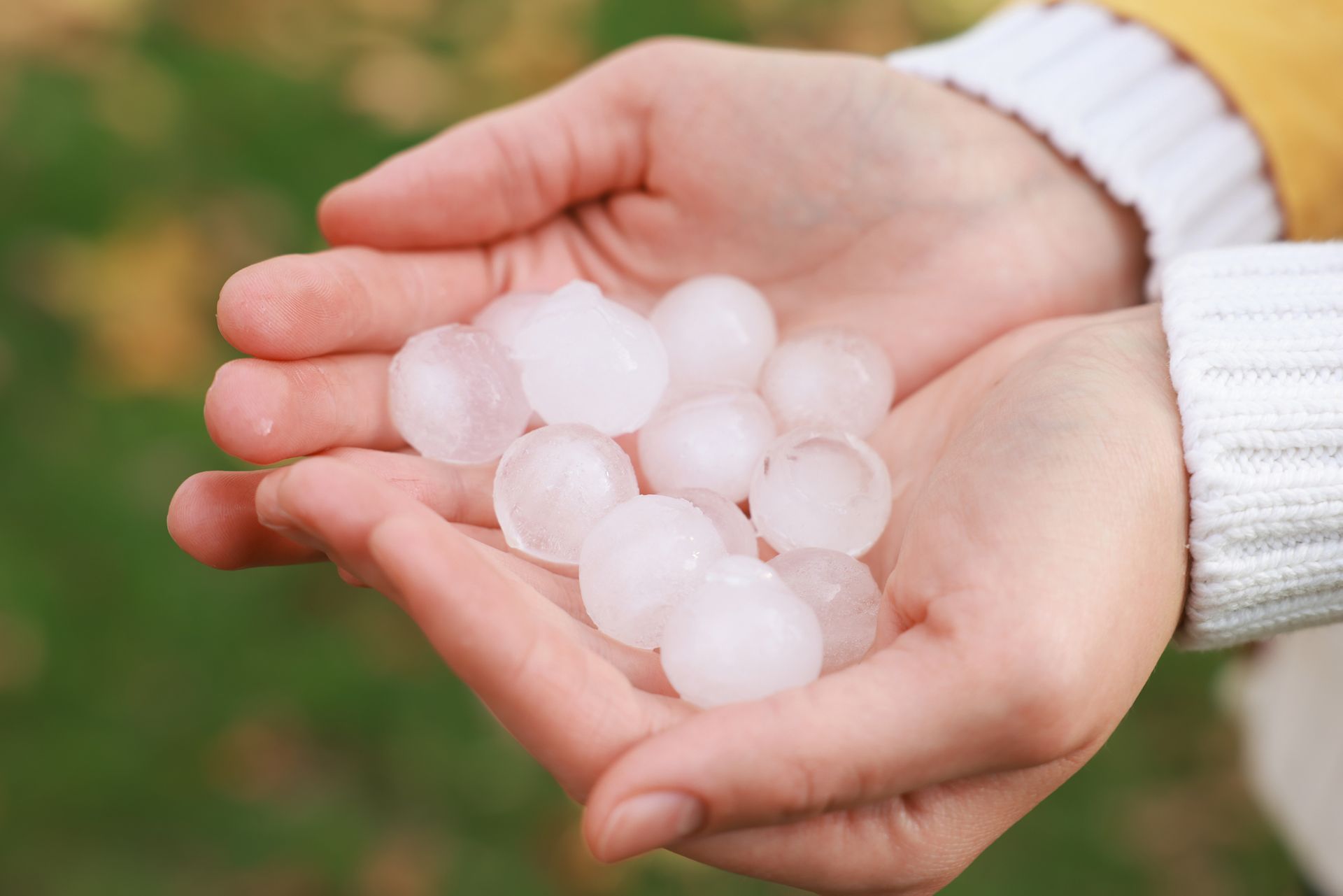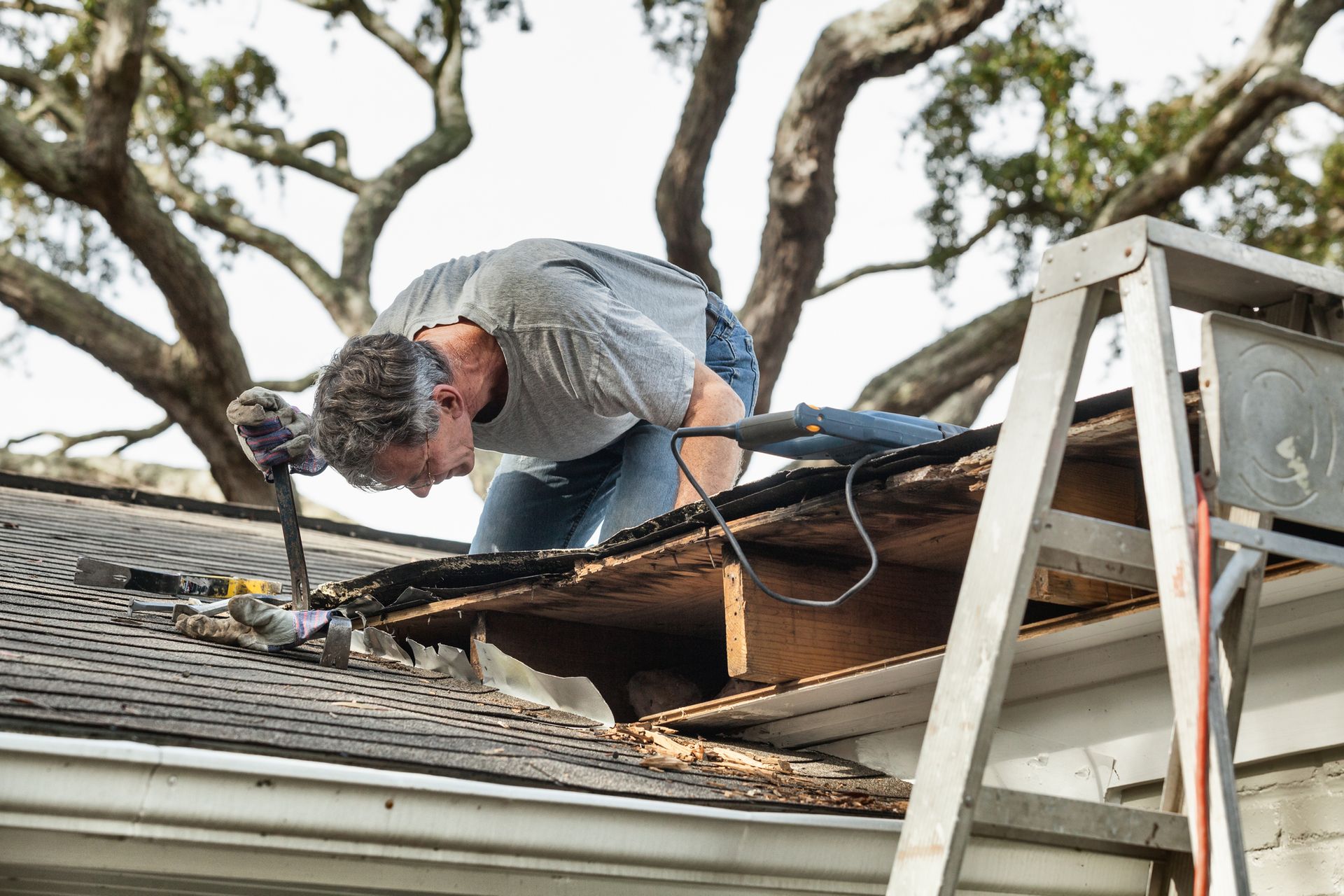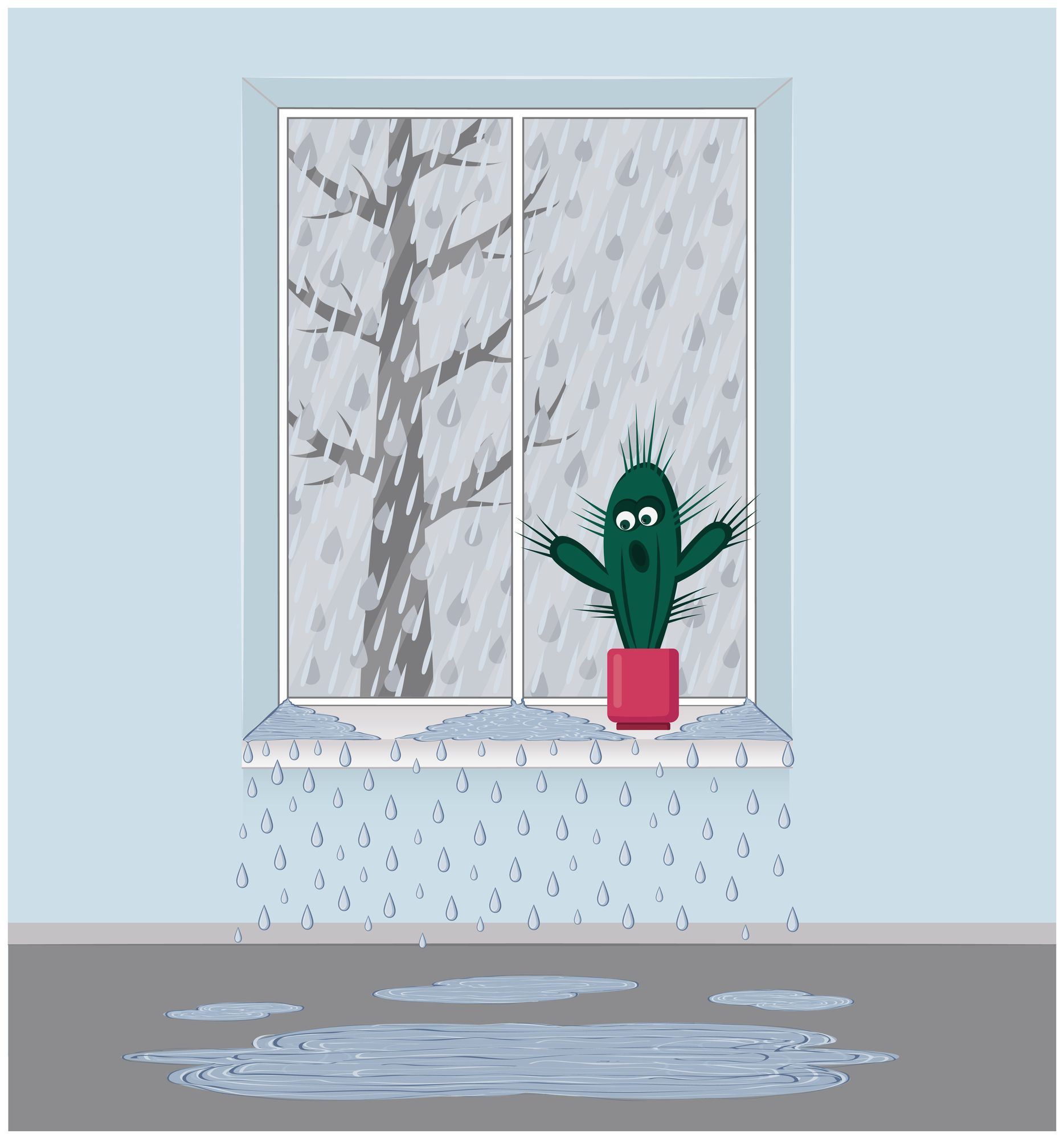How to Recognize Ceiling Water Damage
How to Recognize Ceiling Water Damage
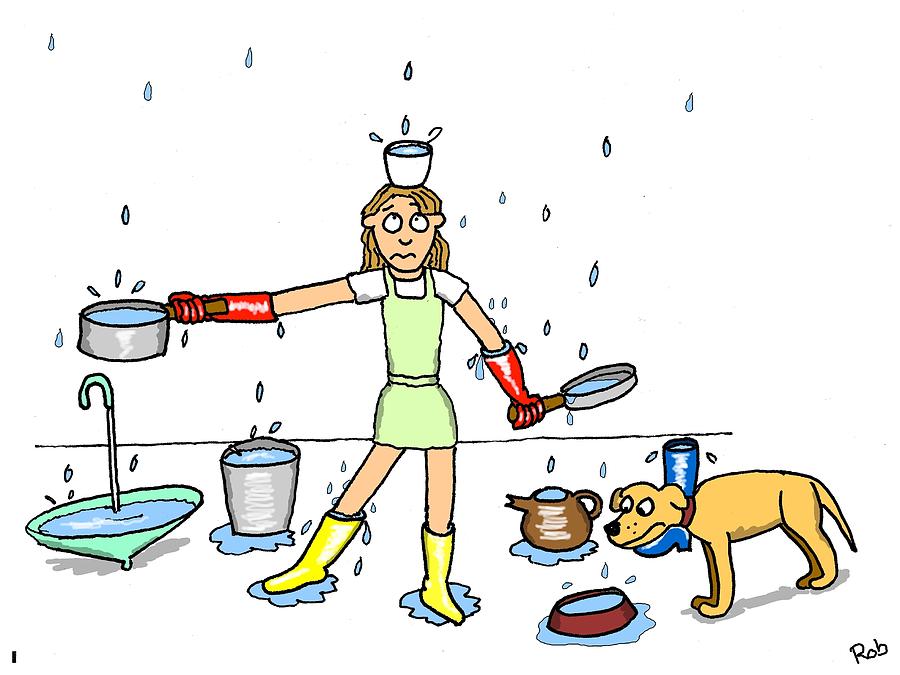
It is essential that you identify and repair the damage to your ceiling as soon as possible. If left untreated, water damage can pose a lot of problems, so it is important to know what to look for and how to fix it. When water damage occurs in the ceiling of your home, it goes beyond the drywall. There is also going to be damage between the floors, in the attic or crawl space, and any areas in between where you physically see signs of water on the ceiling and where it originated.
What To Look For
Water damage can be detected in a number of ways, but some are easier to spot than others. Before calling in professionals for a full evaluation and estimate of the damages, you should determine what type of damage is occurring and the severity of it, so they can better determine what works may need to be done. There are a few signs to look for with water damage:
· Odors, such as a mildew smell
· Sagging ceilings
· Discolored splotches or stains on the ceiling
· Peeling paint or wall surfaces
· Crumbling or cracked drywall
Be aware that even a small stain can be an indication of much bigger problems, so you should never assume you can get rid of your water damage issues on your own.
Quickly Fixing Leaks and Damaged Ceilings
If left untreated, water damage can lead to mold growth and further damage to the home. Additionally, you will continue to have ceiling damage if you do not identify and fix the cause of damage. If your ceiling has been damaged by water, call a professional restoration company immediately to help repair the damage and remedy the underlying cause.
QUICK TIPS TO FEND OFF FURTHER DAMAGE
Use the following tips and precautions if you notice water damage:
- Take all valuables, furniture, and any other items that could be damaged if the ceiling collapses or if water breaches the drywall.
- You can use a nail to make a hole in the ceiling and let any water out if it is pooling on the other side of the drywall.
- Test the ceiling with your fingers. If you poke the drywall and a hole is created or an indent is made, the ceiling has been breached. If the piece appears intact and solid, any damages or discolorations you observe may be the result of a previous repair.
- When possible, turn off the source of water that is causing the damage. You will be able to prevent further damage while you wait for a restoration team or repair service.
- Don't try to handle large repairs and restoration of ceiling damage yourself. Water damage removal technicians are trained to handle various issues that may arise as a result of water damage. They can also replace any boards that may have been damaged by water. In addition, restoration services eliminate the threat of mold and reduce the risk of future problems.
Get in touch with Roof Tarp & Board Up today to find out more about our roof tarping and window board up services!



